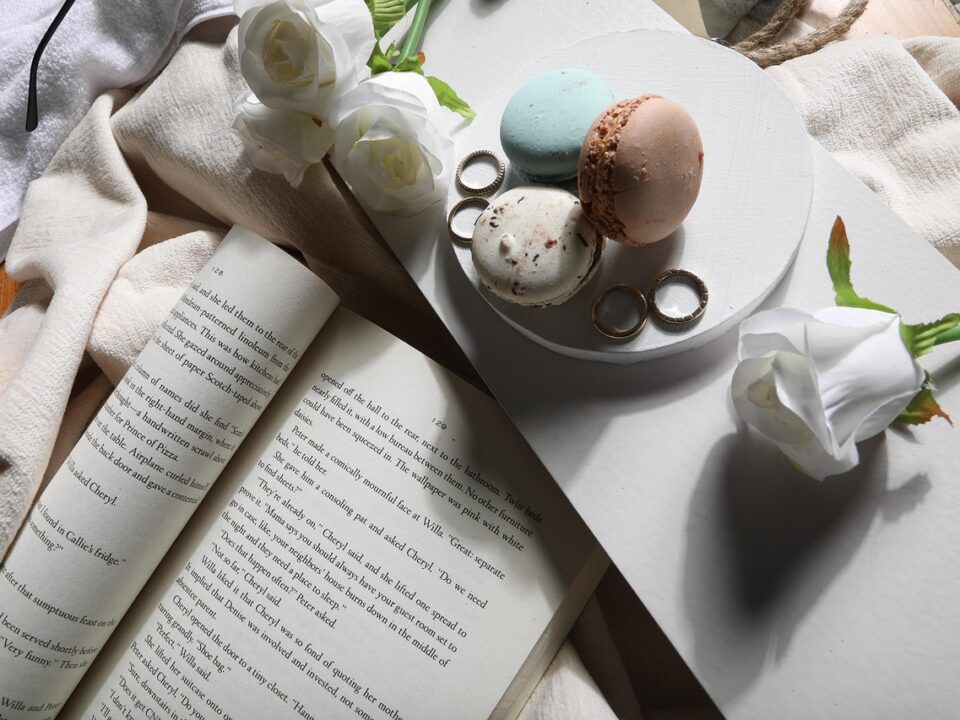What Are the Most Common Types of Synesthesia?

Featured Image by Steve Johnson, Pexels
Synesthesia is when your brain interprets senses differently to what it would usually. The types of synesthesia we will be discussing in this blog include the most commonly known ones such as colour graphemic and number form synesthesia.
There are three ways in which a person can have synesthesia but the last one is disputed. They are from childhood, acquired and drug induced. The first one relates the most to neurodiversity as synesthesia can develop alongside other traits, and it is most commonly found among people who have ADHD and autism. It is not to say that you have to have ADHD and autism to have synesthesia as the symptom on its own can be counted as a form of neurodiversity and many do agree on that part. The second form, acquired synesthesia, is often a symptom of a head injury or illness. It can sometimes be developed all on its own. If you suspect that you have synesthesia please do take our quiz linked here.
Synesthesia is not a condition on its own but rather a symptom. You can have Autism and experience synesthesia. People with the most common types of synesthesia can describe associating colours as numbers, for example the number 9 might be green. People with it might describe it as having their ‘wires crossed’. This blog will go over the most common forms of synesthesia and what they are.
How many types of synesthesia are there?
According to The Cleveland Clinic there are estimated to be more than 150 forms out there. The most common forms all have to do with colour, numbers and touch. The stereotypical presentation of synesthesia is a person going around seeing colours as numbers. The musical artists Pharell Williams, Lady Gaga and Dev Hynes all have said that they see colour in music, which is colour auditory synesthesia, another common type. This blog will not just go through the ones that are linked with colour, but numbers, touch and taste too.
What is colour-graphemic synesthesia?
Colour-graphemic synesthesia is one of the most common forms on this list. It comes from the words graphemic which means the smallest unit in a word system. People with colour-graphemic synesthesia often associate colours with numbers, for example they see the number 5 as green. Each case of colour graphemic synesthesia is unique and each person sees numbers as different colours. This form of synesthesia occurs from childhood in which the person is first learning about colours and numbers. In neurodiverse people, this helps them learn and remember different colours and numbers more effectively.
What is colour-auditory synesthesia?

Image by Tirachard Kumtanom, Pexels
Colour-auditory synesthesia, also known as chromesthesia, is another very common form of synesthesia in which the person sees music as colour. The person might associate different notes as colours and even entire songs. Musical artists who have claimed to have colour-auditory include Lady Gaga, Billy Joel and Lorde with Pharrell Williams saying that his synesthesia is a very important part of his musical process. This form of synesthesia along with its numbered cousin, is the most commonly seen form of synesthesia seen in pop culture therefore the poster child of the symptom.
What is mirror-touch synesthesia?
Mirror touch synesthesia is a very rare form in which the person experiencing it feels someone else’s pain when that person is inflicted with it. As it is a very rare form, it is disputed if it is even real. People with mirror touch synesthesia feel the pain on even the same side as the other person who is actually experiencing the pain or an opposite side. It has been said that mirror touch synesthesia is often an extreme form of empathy. Mirror touch synesthesia is not just feeling others pain, it is often just feeling sensations both physical and emotional. It is sometimes related to the feeling of phantom limbs, in which the person still feels their missing limb after an amputation.
What is number-form synesthesia?
Number-form synesthesia is a symptom in which people who experience it often see numbers as maps and visualise them as either spiral, zig-zags, bar chart style and so on. This form often ties in to other forms of synesthesia as well, most commonly colour. People with number form synesthesia draw up intricate maps that might only make sense to them. The worlds that they create using numbers often can help the person affected with calculations, so some often excel at mathematics because of this symptom. Discussions found online about number form synesthesia even suggest some see the numbers having their own personality and gender, making the numbers seem alive to them. This can explain why some maps that people affected have drawn seem so life-like.
What is lexical-gustatory synesthesia?
Lexical-gustatory synesthesia is one of the rarer forms on the list and it has to do with how words and numbers taste. Examples of this can be that the word princess tastes like sponge cake or the number 15 can taste like butter, making this symptom not just exclusive to words. In some cases, people can even taste music, making this form tie in to other forms of synesthesia. While it is rare and some dispute it, it is one of the most common synesthesia stereotypes in which pop culture will pluck from.
Blog Author
Solmaz Farad



